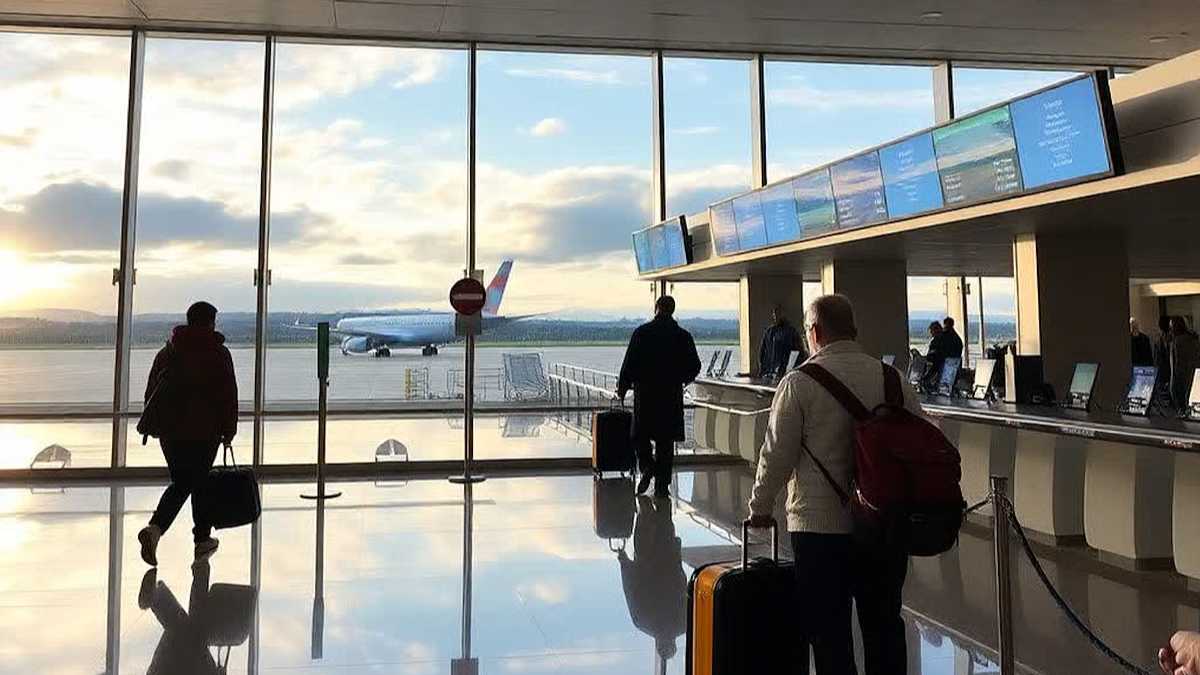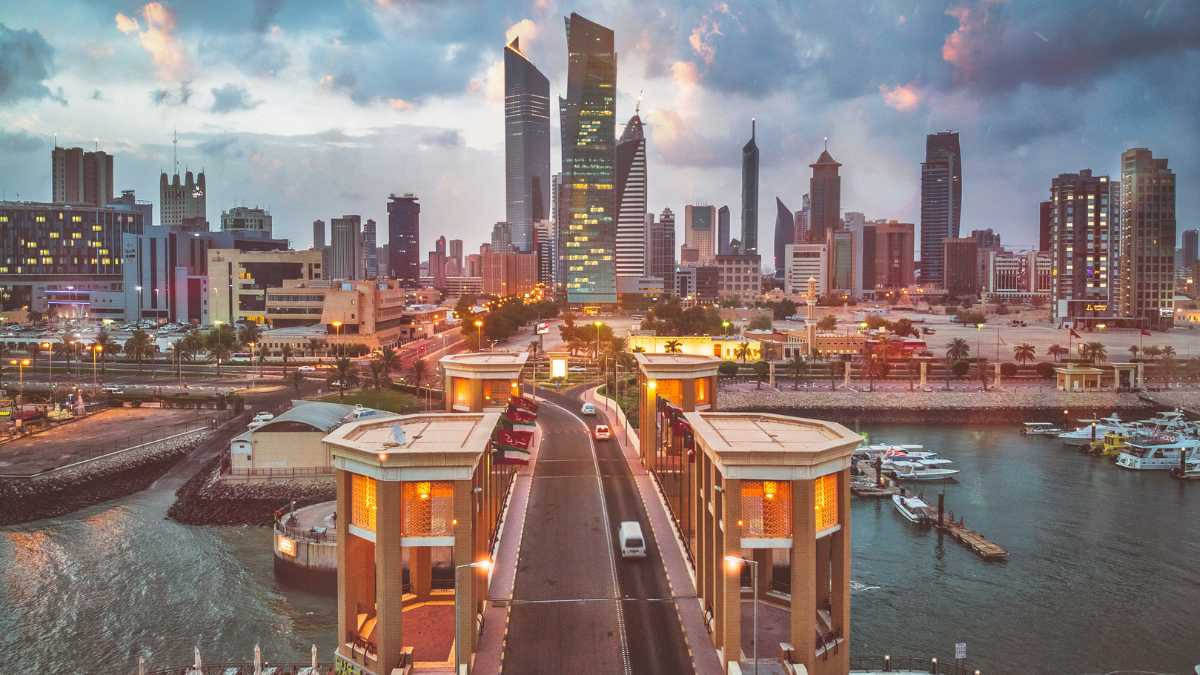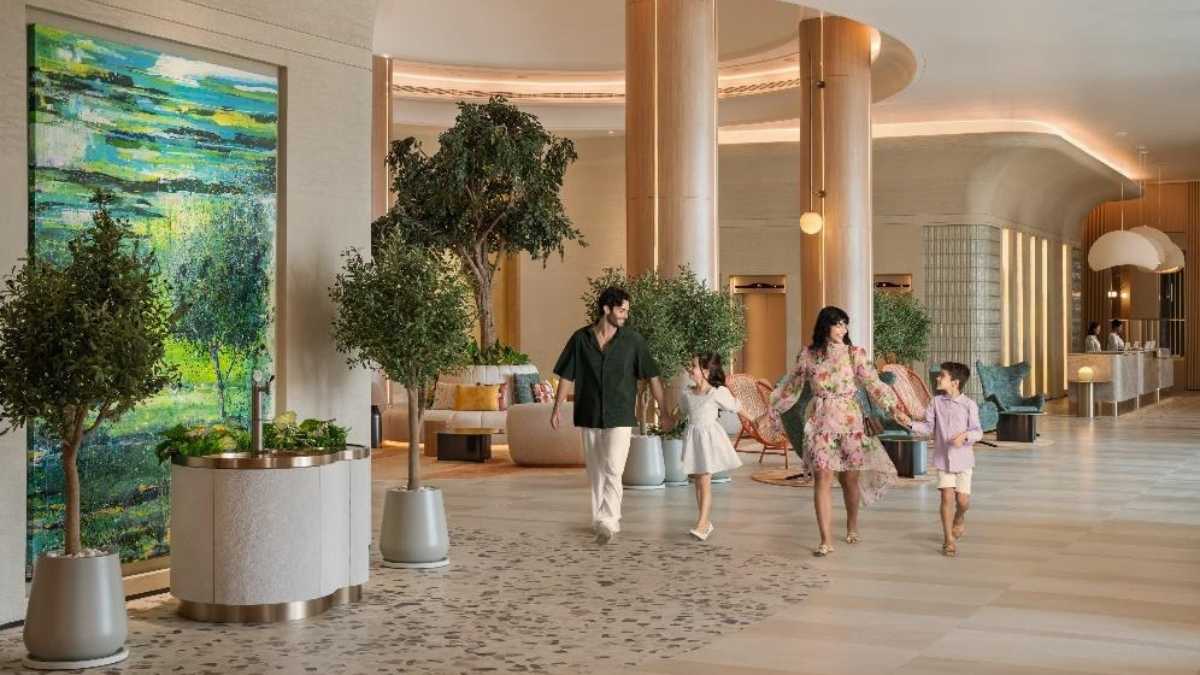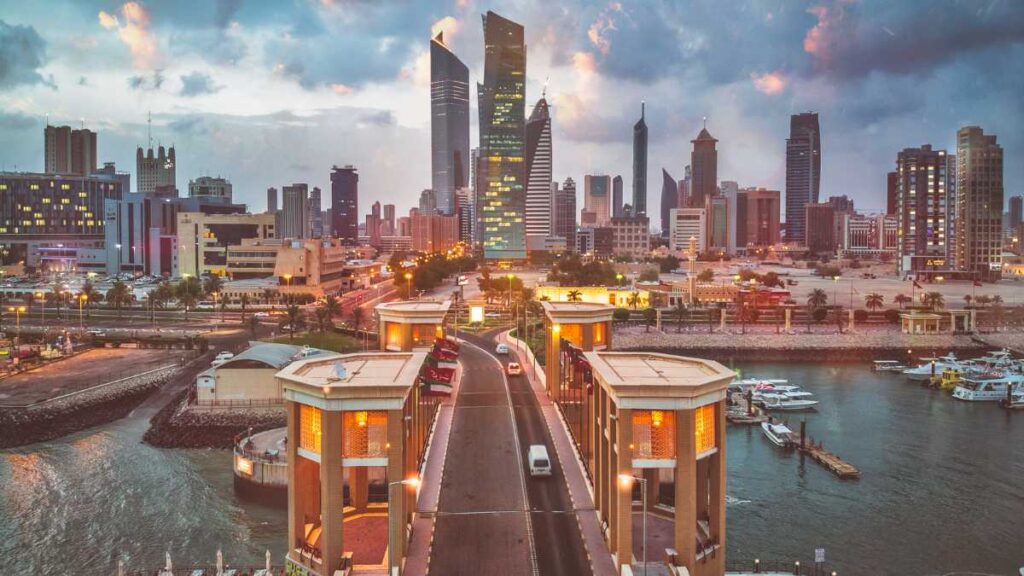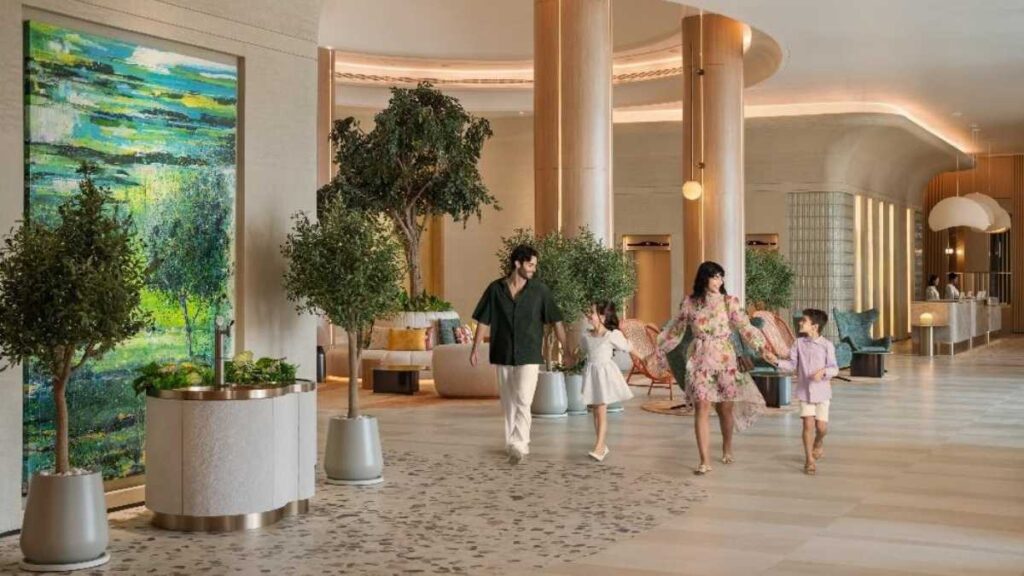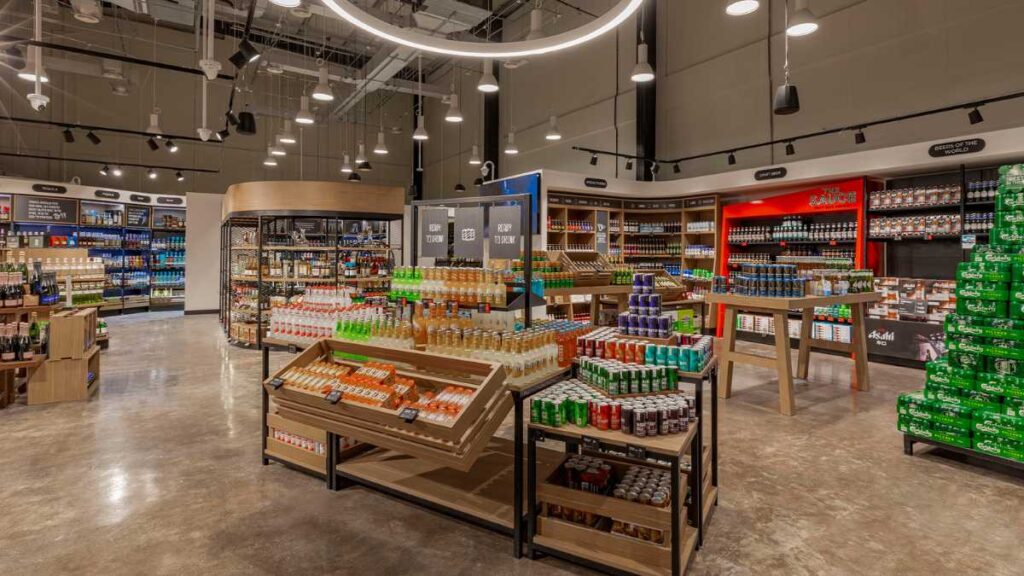Big news for the Little Emirate with Big Dreams! Ras Al Khaimah International Airport (RAK Airport) is entering a bold new era, launching a massive 30,000 sqm terminal expansion that aims to make it one of the UAE’s key aviation and tourism powerhouses.
Spearheaded by Sheikh Salem bin Sultan Al Qasimi, Chairman of RAK’s Department of Civil Aviation, the project is more than just a terminal—it’s a vision in motion. This futuristic hub will feature upgraded passport control, smart baggage systems, and e-gates, raising the bar for travel experience. RAK is not just thinking bigger—it’s building it.
Why Now? The Numbers Say It All
RAK Airport welcomed over 661,000 passengers in 2024, posting a 28% year-on-year growth and nearly doubling 2022’s numbers. And 2025 is already flying high, with 332,280 passengers in the first four months alone—46,841 arrivals in April topping the charts.
With direct flights now connecting nine international cities—from Bucharest to Hyderabad—the tourism boost is undeniable. The likes of Air Arabia, IndiGo, and Air India Express are already on board, with even more global carriers in talks.
Gateway to Resorts and Richer Experiences
The expansion comes right on time. Ras Al Khaimah’s tourism surge, led by booming destinations like Al Marjan Island, demands better connectivity. As Sheikh Salem puts it, “We’ve opened tenders for a private aviation terminal, which will include dedicated hangars and aircraft parking areas to meet increasing demand from high-end travelers and private jet operators.”
And it’s not just about volume. RAK is rolling out a separate private aviation terminal with hangars and jet parking for the elite crowd. The airport will also house a new air cargo hub, with over 100 freight flights already transporting goods like pharma and livestock—and soon, even an aircraft maintenance centre.
Eco-Forward, Future-Ready
Sustainability isn’t taking a backseat. The new terminal will feature:
- LED energy-efficient lighting
- Geothermal heat pumps
- Water recycling systems
- And the big one: DYNAES thermodynamic energy tech, a first-of-its-kind in the Middle East and Asia.
These green upgrades align perfectly with Ras Al Khaimah’s environmental goals and position the airport as a regional pioneer in sustainable aviation infrastructure.
What’s Next?
Construction is scheduled to complete by 2028, with local companies and consultants onboard under a broader privatization and efficiency initiative. The long-term vision? To welcome up to 3 million travelers annually.
Sheikh Salem summed it up best:
“The airport will soon be a central gateway, connecting the world to Ras Al Khaimah’s mountains, beaches, and luxury resorts.”

